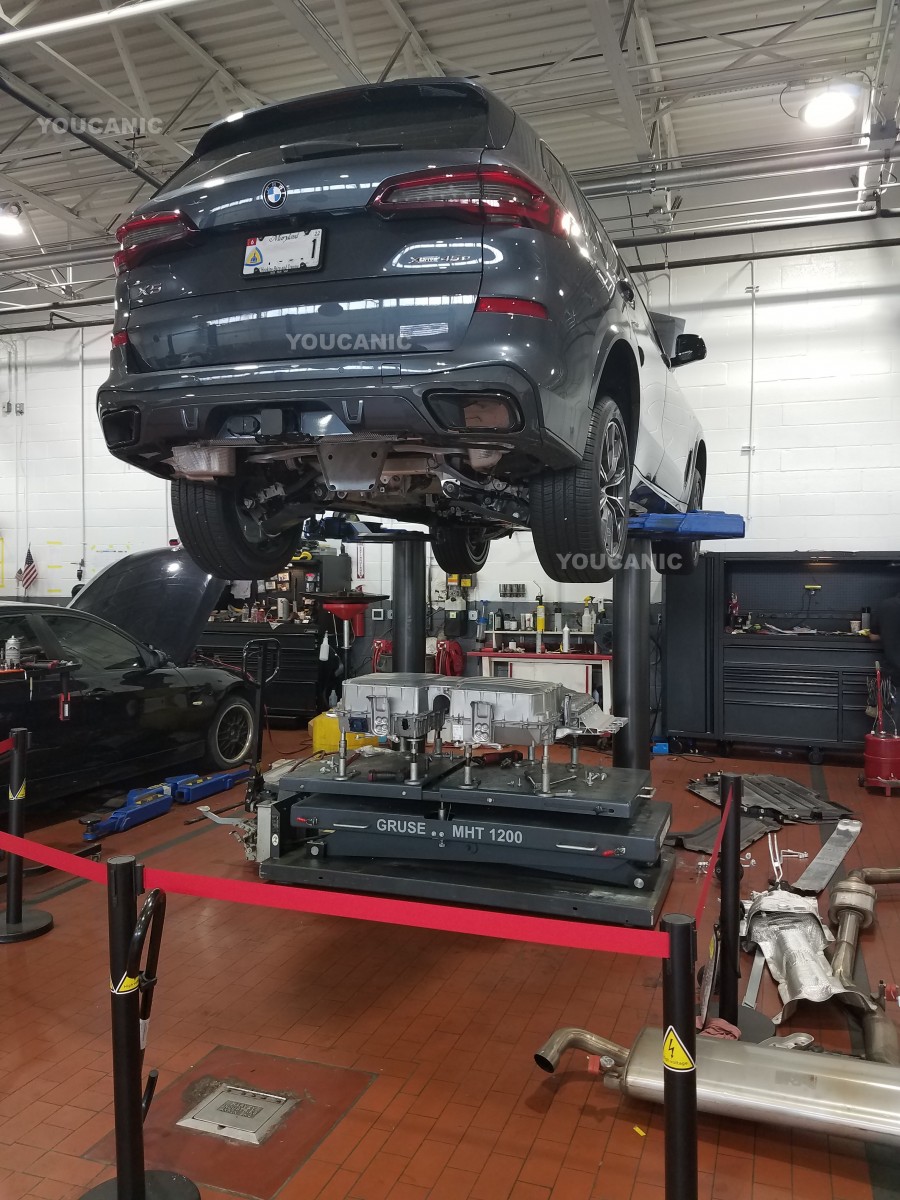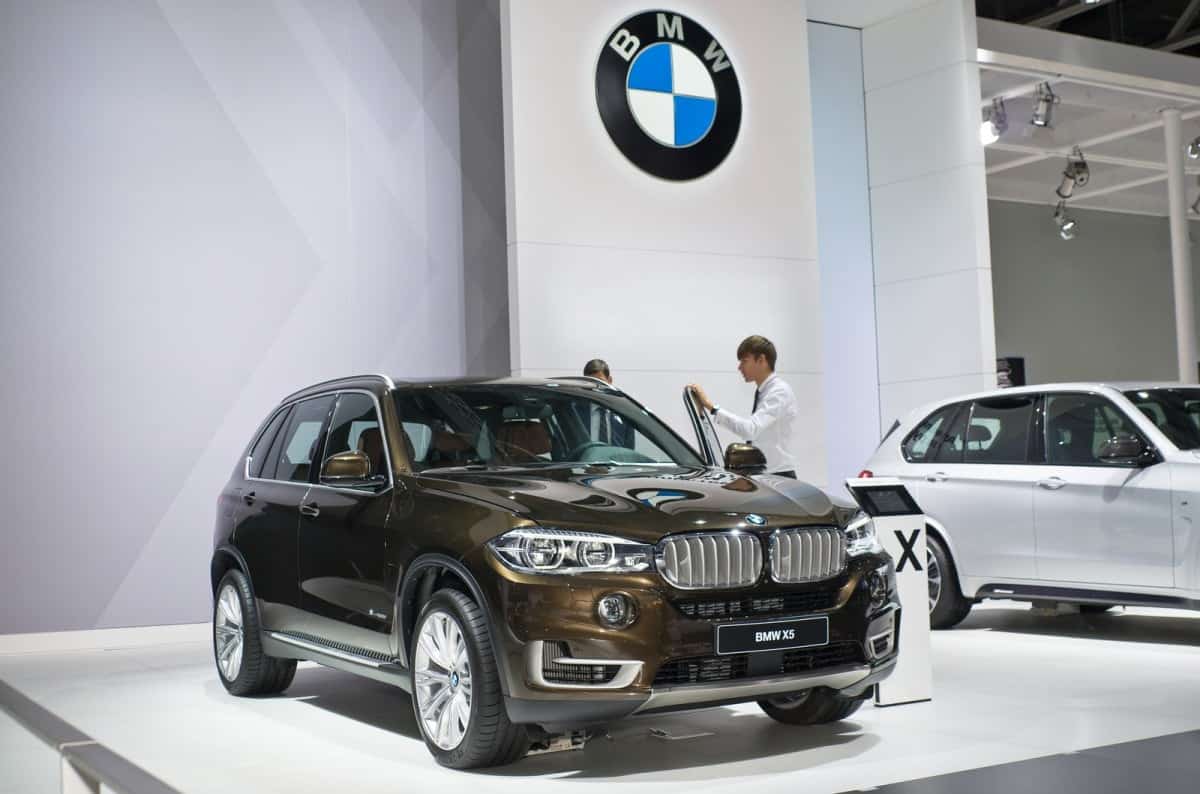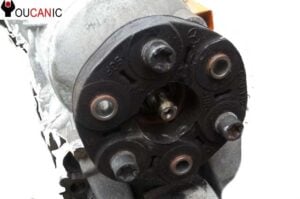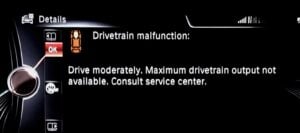BMW X5 (G05) 4th Gen Common Problems 2018-2022
Are you looking to buy the BMW X5 or already own one of these fourth-generation SUVs? Being on the market for several years, these sporty off-road vehicles are now available as new and second-hand units. 2018 and newer BMW X5s are an excellent choice for drivers looking for functional and capable vehicles. But despite their superb built quality, these vehicles are not without flaws that may impact their reliability and increase running costs.
In this article, we will learn about the most common issues and how to deal with them.
Common issues and what to look for
Carbon buildup
Smaller turbocharged gasoline engines, designated as B48 and B58, have already proven reliable. Carbon buildups on the intake valves are the only potential problem, which is an issue that affects all engines with direct injection.
This happens because the fuel goes straight into the combustion chamber instead of passing through the intake manifold first. Vehicles that see a fair share of short trips are more susceptible to this problem than those that frequently travel on motorways.
Known problems from the past
The new G05 has several engines it shares with the previous car, with the same weak spots. All V8 gasoline engines consume a lot of oil because of their ‘hot vee configuration. This ongoing issue affects all BMW vehicles that use these engines and will probably result in a lawsuit settlement.
Both diesel engines may suffer from clogged DPF filters because of unfavorable driving styles and inadequate fuel. More detailed information about these issues is available in our article about the third-generation X5.
The high-voltage battery may catch fire.

Hybrid BMW models have a high-voltage battery made by a Korean manufacturer, Samsung, which provides power for the electric motor. On certain X5 models made during 2020, these batteries may have debris inside them because of a manufacturing error.
This can cause the battery cells to short circuit and even result in a vehicle fire in certain situations. BMW recalled the affected vehicles to check the batteries and replace them if needed to fix the issue.
Start-stop issues
Early production models may have a problem with a start-stop system that shuts down the engine before the vehicle comes to a stop. This happens at low speed but can be dangerous, as the steering wheel and brakes become hard to operate.
Drivers may not maneuver the vehicle as intended and consequently crash into surrounding obstacles. Installing the latest software update can fix this issue.
Unattended acceleration
Some models with gasoline engines may accelerate independently without the driver’s input. In most cases, this will happen when coasting on the motorway, preventing the driver from slowing down the vehicle. The cause for this issue is a software glitch within the PTM unit, which affects Valvetronic’s operation. As with most similar problems, installing the latest software version will solve the issue.
The vehicle suddenly pulls to the side.
Many drivers complain about sudden and unpredictable steering glitches, which pull the vehicle sharply to one side of the road. This problem only happens when the vehicle is cold and outside temperatures are extremely low. Despite being aware of this potentially hazardous issue, BMW still has no workable solution. In such conditions, owners can only drive moderately and carefully until the vehicle warms up.
iDrive and connectivity issues
Like most other BMW models, the X5 uses an iDrive system that incorporates infotainment and other in-vehicle features into one unit. The current generation’s devices suffer from various issues, with the sporadic inability to connect, with iPhones being the most common.
Other problems range from glitches and inoperable menu functions to unexpected system reboots. Installing the latest driver update may solve most of these issues, as BMW continuously improves iDrive software.
Conclusion
BMW introduced the current X5, designated as G05, 2018 as a successor to a short-lived third-generation model. This new car features an aggressive design, which gives it a more formidable road appearance than the outgoing one. Dimension-wise, there is not much difference, although the G05 is a couple of inches longer.
Under the hood, the fourth-generation X5 offers various engine choices and power outputs. The entry four-cylinder engine is a completely new unit, and so is the six-cylinder variant. The bigger engine is also available as a hybrid with an electric motor. More powerful V8 engines, available in three different power outputs, are carried over from the previous generation.
The situation is the same with diesel engines, as both four- and six-cylinder units are similar to those used in the old car. All models except one come with an 8-speed automatic and X-drive system. The model that differs from this is the X5 sDrive40i for the US market, which powers the rear wheels only.
As we explained, most issues affecting the current X5 affect all models, regardless of engine choices and trim levels. Although this makes them equally reliable, we recommend a hybrid version with an xDrive45e badge. This vehicle offers a balanced mix of road performance and fuel efficiency while being reliable and easy to use. The biggest benefit is its ability to speed up using the electric motor only, which is helpful in urban traffic. The only drawback of the hybrid version is that once these units become over ten years old, the life and repair costs of the hybrid battery start to skyrocket.
We hope you find the BMW X5 (G05) 4th Gen Common Problems 2018-2022 guide helpful. Check these troubleshooting and repair guides for more help on your BMW.








